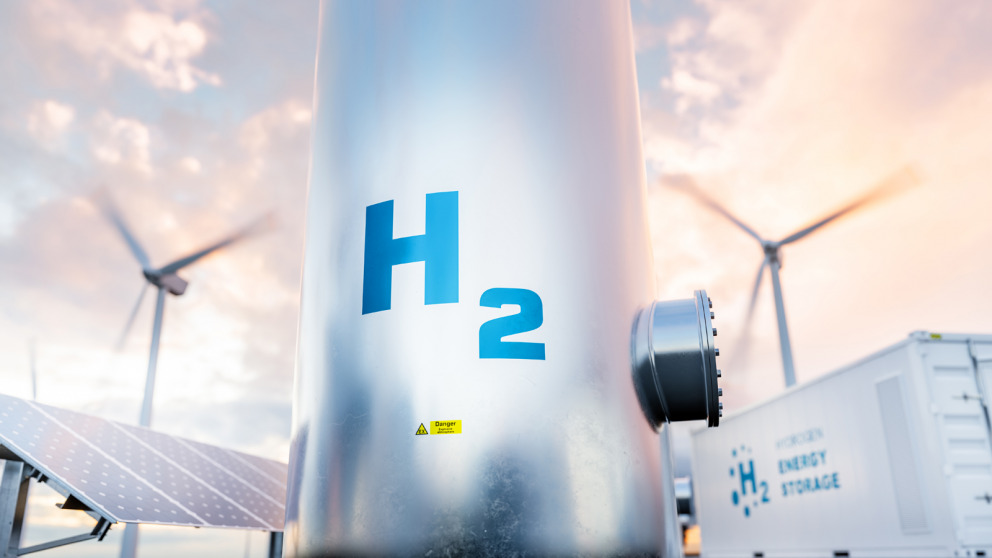Global Potentials for the Production and Export of Green Hydrogen (HYPAT)
Duration

Germany will remain dependent on energy imports for the foreseeable future. This will include green hydrogen imports from regions with abundant solar and wind energy resources. The HyPat project is conducting a comprehensive global assessment of green hydrogen potentials, as called for in Germany's National Hydrogen Strategy (Nationale Wasserstoffstrategie - NWS).
The project will take stock of possible partner countries for Germany's future hydrogen economy and analyse their respective potentials. The project partners will assess the techno-economic potentials and hydrogen supply chains worldwide, taking into account the needs of potential partner countries. The latter include the development of a reliable domestic energy supply, the realization of economic development opportunities and the achievement of climate and sustainability goals. The project team will contrast the potential supply of hydrogen and synthetic fuels, as derived from theses analyses, with the projected demand of energy importing countries to provide a first comprehensive, global assessment.
Interdisciplinary research on the global hydrogen economy
An interdisciplinary consortium composed of nine partners has been established to bring together expertise on the various aspects of this research. The project will be led by Fraunhofer Institute for Systems and Innovation Research ISI. As part of the project, the RIFS will collect and analyse data on policy, regulation, and quality infrastructure in the most important countries of the emerging global hydrogen economy. These data will be used to generate comparative studies of the country-level policy mixes, will inform the modelling of global demand for hydrogen, and will be visualized online.
The project will run for three years and is funded through the Federal Ministry of Education and Research (BMBF) as part of the "Hydrogen Republic of Germany" competition. Further information is available (in German) on the HYPAT project website.